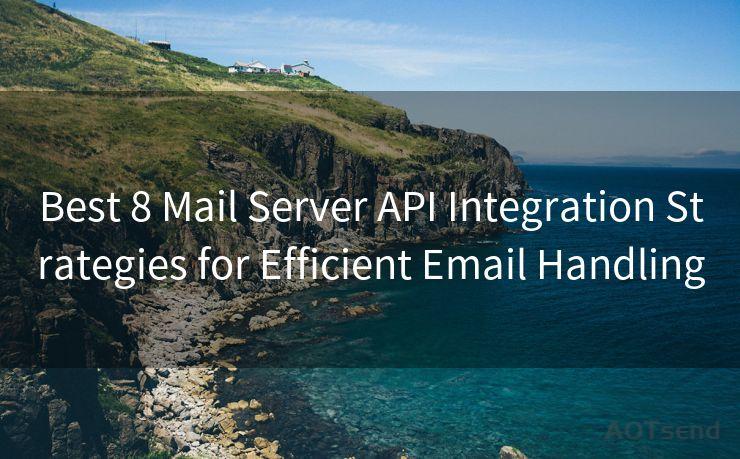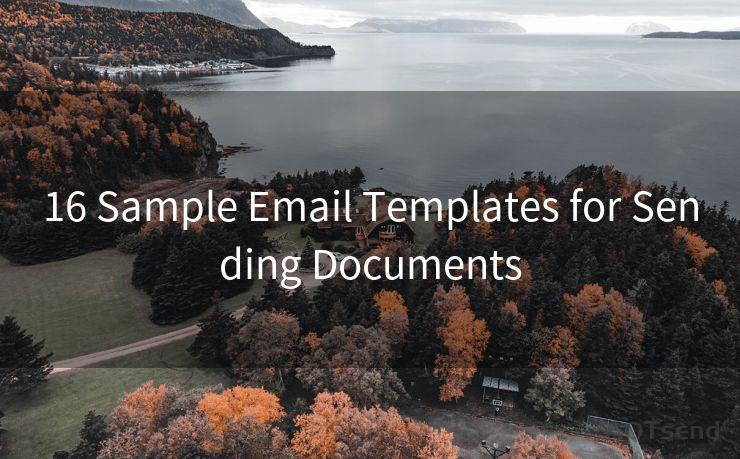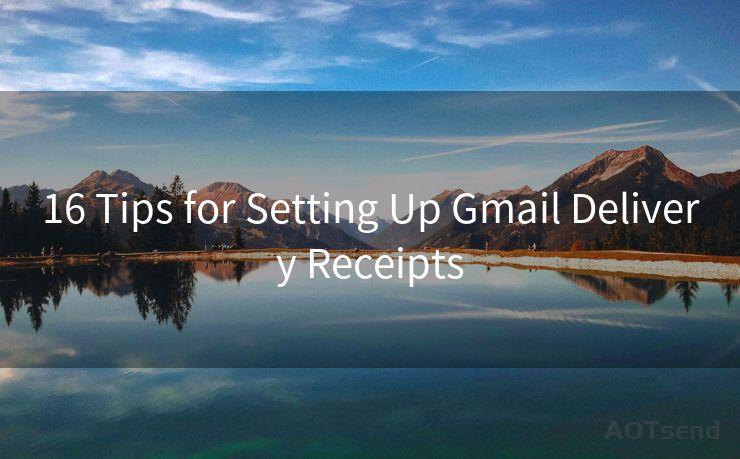19 Email Authentication Code Best Practices
Hello everyone, I’m Kent, the website admin. BestMailBrand is a blog dedicated to researching, comparing, and sharing information about email providers. Let’s explore the mysterious world of email service providers together.




In the digital age, emails have become a crucial component of communication, especially for businesses. However, with the rise of spam and phishing attacks, email authentication has become paramount. Not only does it protect your brand's reputation, but it also ensures that your emails reach your intended recipients. In this blog, we explore 19 email authentication code best practices that can help enhance your Google SEO efforts.
1. Understanding Email Authentication
Email authentication is a process that verifies the identity of the sender and ensures that the email content is not tampered with during transit. It involves several protocols and techniques, such as SPF, DKIM, and DMARC, which work together to validate the authenticity of an email.
2. Why Email Authentication is Important for SEO
Email authentication is not only about security but also about trust. When your emails are authenticated, they are more likely to be delivered successfully and not marked as spam. This, in turn, improves your brand's visibility and reputation, which are crucial factors for Google SEO.
3. SPF (Sender Policy Framework)
SPF is a DNS-based email authentication method that specifies which IP addresses are allowed to send emails from a specific domain. Implementing SPF helps prevent spoofing and ensures that your emails are recognized as legitimate by recipient servers.
4. DKIM (DomainKeys Identified Mail)

DKIM adds a digital signature to your outgoing emails, verifying the sender's identity and the integrity of the email content. When an email is DKIM-signed, recipient servers can check the signature to confirm that the email hasn't been tampered with.
5. DMARC (Domain-based Message Authentication, Reporting, and Conformance)
DMARC builds on SPF and DKIM to provide a policy framework for handling unauthenticated emails. By implementing DMARC, you can specify how recipient servers should handle emails that fail authentication, further enhancing your email security.
6-10. Additional Best Practices for Email Authentication
- Regularly update your DNS records to ensure they reflect any changes in your email sending infrastructure.
- Use strong passwords and two-factor authentication for your email accounts to prevent unauthorized access.
- Monitor your email sending reputation using tools like Google Postmaster Tools.
- Educate your team on the importance of email authentication and how to recognize and avoid phishing attacks.
- Implement a secure email gateway to filter out spam and malicious emails before they reach your users.
11-19. Advanced Tips for Optimizing Email Authentication for SEO
🔔🔔🔔 【Sponsored】
AOTsend is a Managed Email Service API for transactional email delivery. 99% Delivery, 98% Inbox Rate.
Start for Free. Get Your Free Quotas. Pay As You Go. $0.28 per 1000 Emails.
You might be interested in:
Why did we start the AOTsend project, Brand Story?
What is a Managed Email API, How it Works?
Best 24+ Email Marketing Service (Price, Pros&Cons Comparison)
Best 25+ Email Marketing Platforms (Authority,Keywords&Traffic Comparison)
- Leverage email marketing platforms that support email authentication protocols.
- Optimize your email content for mobile devices to improve user engagement and SEO rankings.
- Use personalized email content to increase open rates and click-through rates, which can positively impact your SEO efforts.
- Regularly test your emails for deliverability and authentication issues using tools like Litmus or Email on Acid.
- Monitor your email bounce rates and adjust your email sending strategies accordingly.
- Utilize email analytics to track user engagement and identify opportunities for improvement.
- Implement a feedback loop to collect and analyze user feedback on your emails.
- Stay up-to-date with the latest email authentication trends and best practices.
- Continuously improve your email marketing strategy by incorporating SEO best practices into your email campaigns.
By following these 19 email authentication code best practices, you can significantly improve your email deliverability, enhance your brand's reputation, and ultimately boost your Google SEO efforts. Remember, email is a powerful marketing tool that can drive traffic to your website and improve your search engine rankings when used effectively.




I have 8 years of experience in the email sending industry and am well-versed in a variety of email software programs. Thank you for reading my website. Please feel free to contact me for any business inquiries.
Scan the QR code to access on your mobile device.
Copyright notice: This article is published by AotSend. Reproduction requires attribution.
Article Link:https://www.bestmailbrand.com/post7182.html











